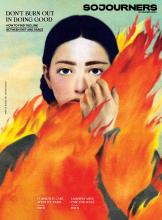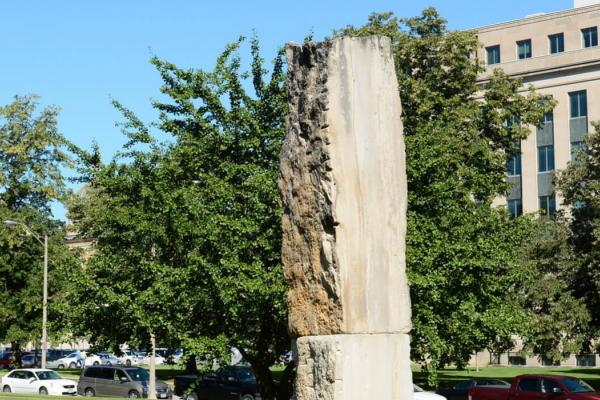Jun 29, 2017
The book’s text and photographs, which profile 15 Buddhist, Christian, Hindu, Jewish, Muslim, and Sikh communities, collectively demonstrate what Patel views as “something that I believe cities all over the United States and the world should seek to emulate.”
Read the Full Article

Already a subscriber? Login
